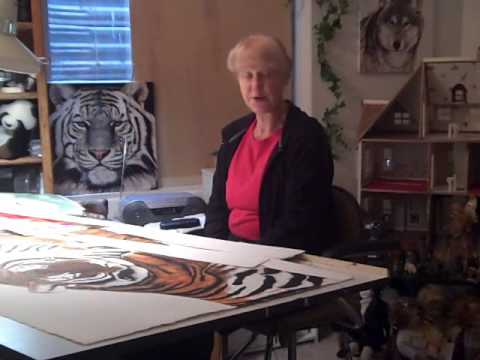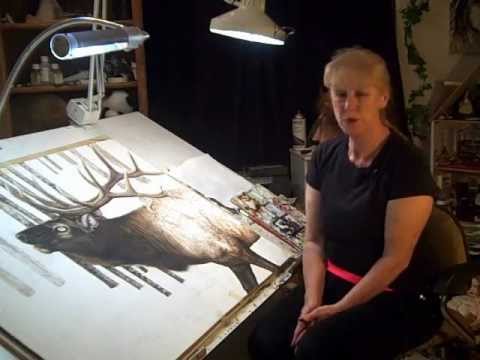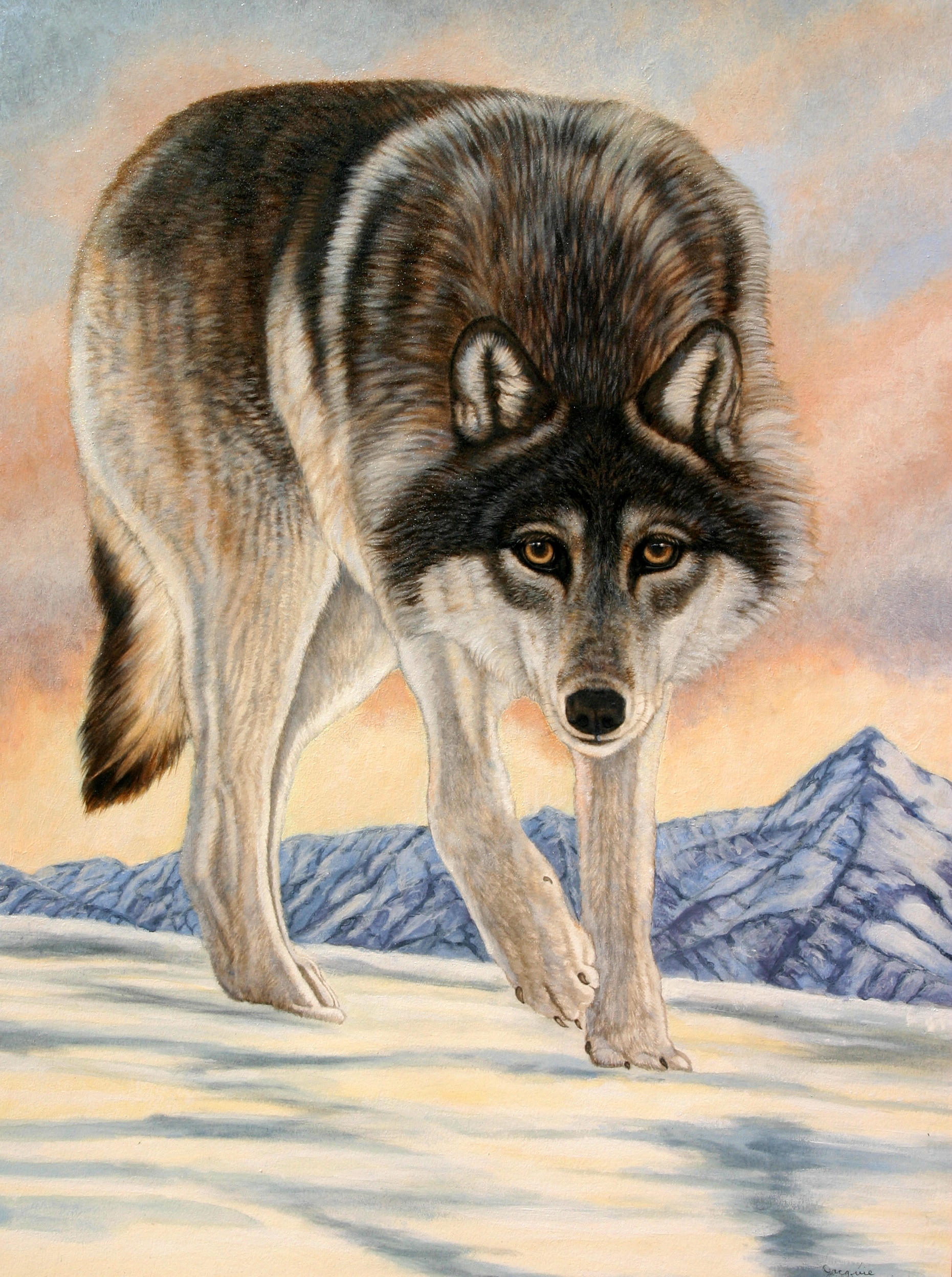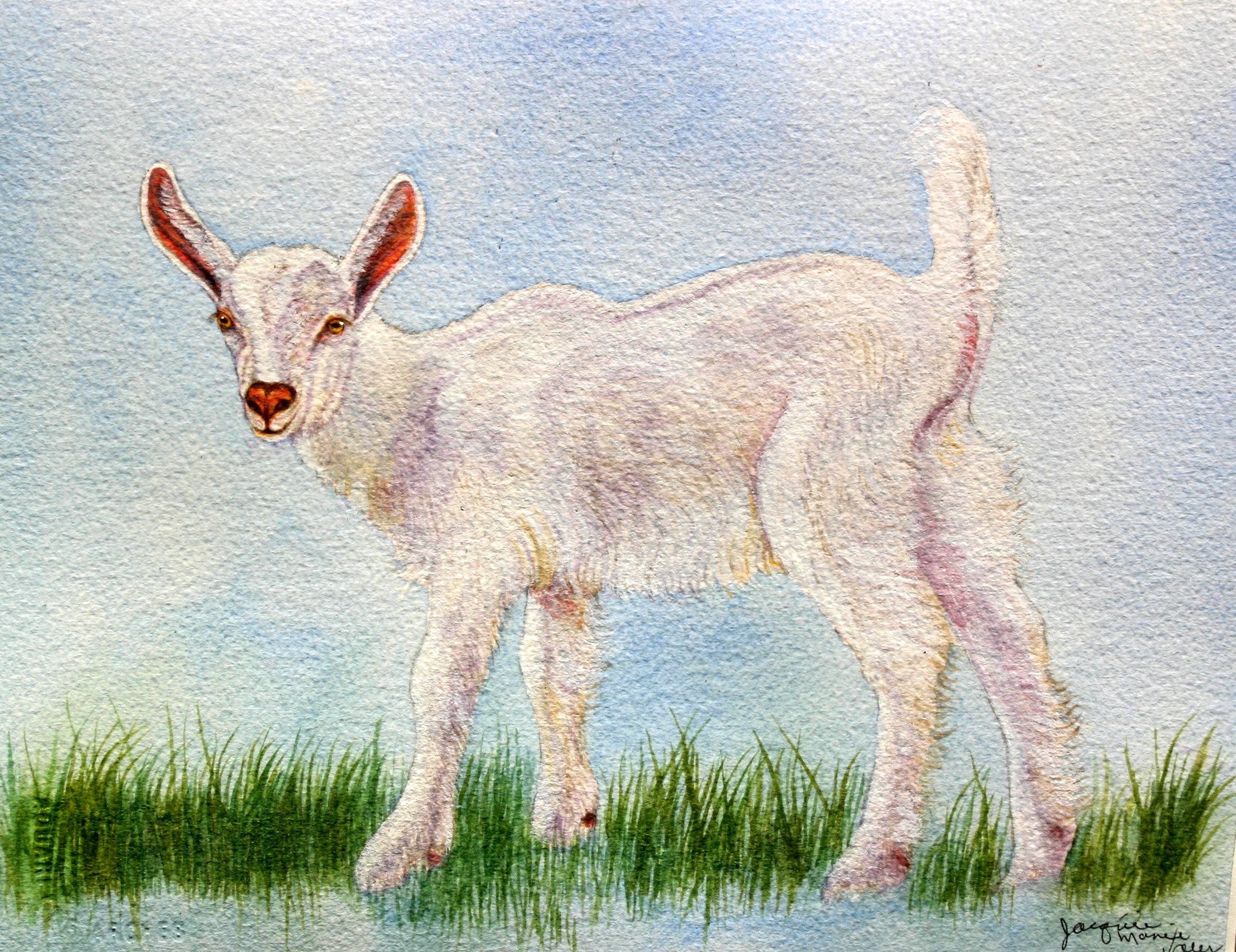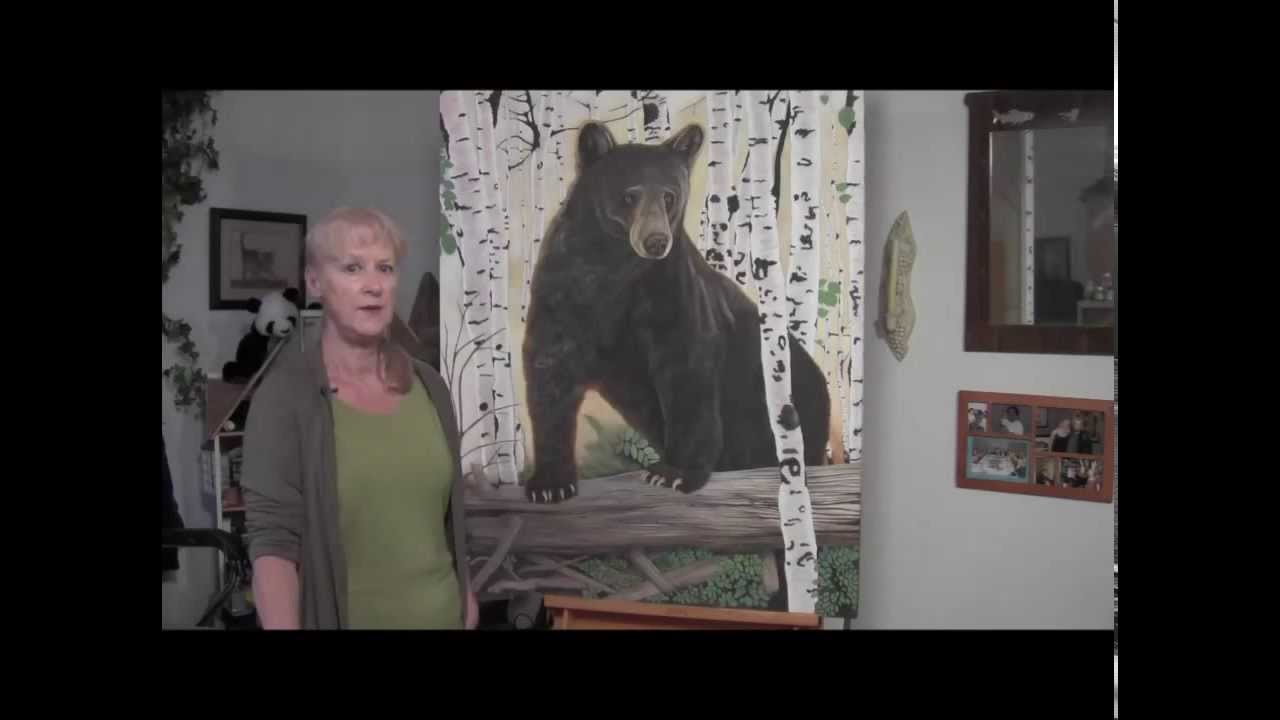Brushes for Nature Art & Animal Art
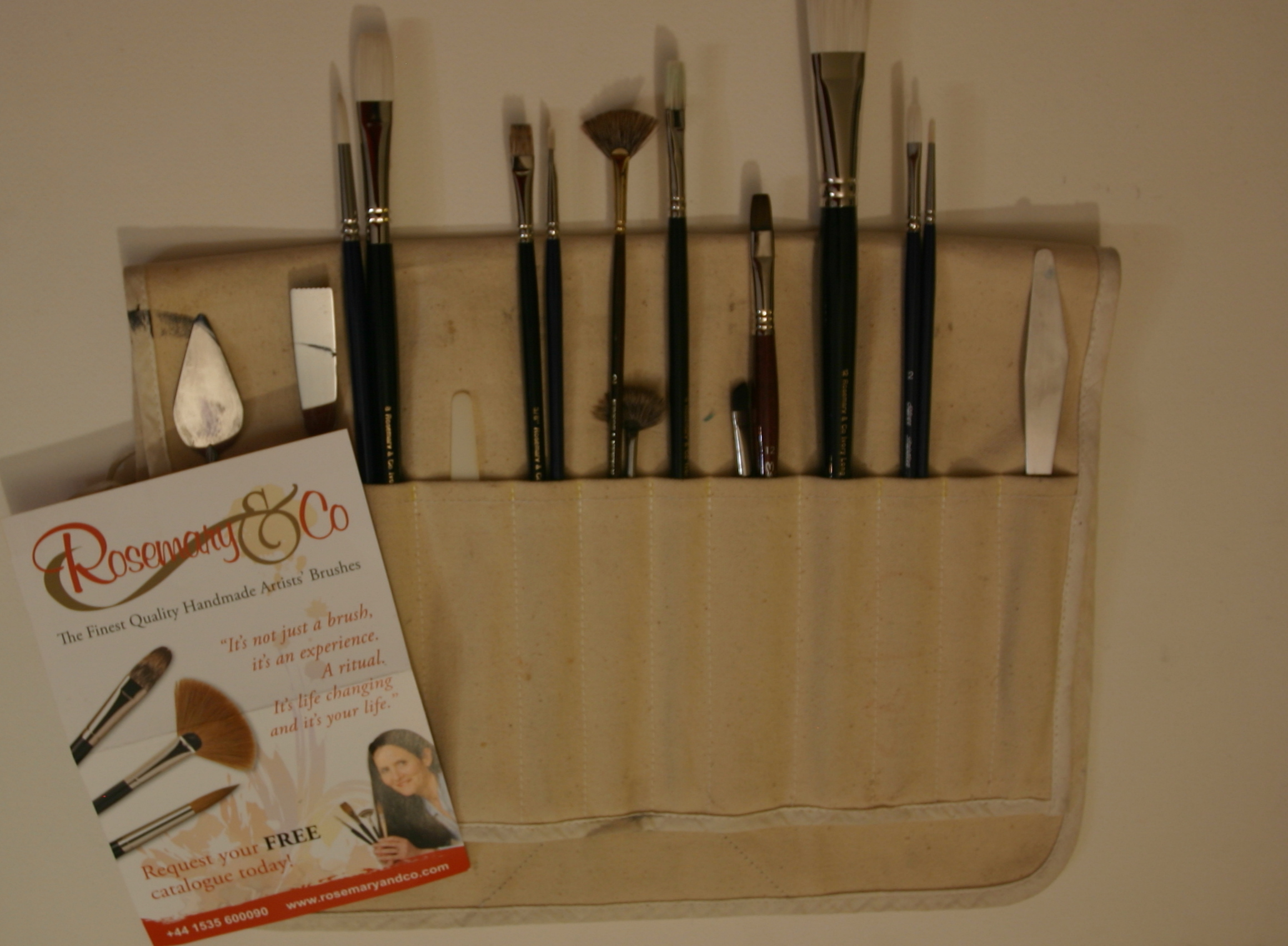

People often ask me about the tools I use; more specifically my brushes.
Here’s the straight scoop.
Watercolor brushes need to be able to form a fine point in order to do the fine detail I require in my Paintings. Different brushes are used for acrylic, oil, and watercolor.
Since I am a watercolorist, I’ll discuss the brushes I use for my watercolor paintings.
These are soft brushes made of sable or synthetic fiber or a combination of the two.
I use both round and flat brushes
.
Round brushes are available in many sizes ranging from tiny to quite large. The brush size is designated by a number from 0 up to 16, 0 being the smallest, the latter being used for fine details including whiskers and individual hairs.
Personally , I use numbers 1 , 4 and 8; and have found that the sable- synthetic combination to be the most effective and longest-lasting of the round brushes.
The flat brushes I use are made of boar bristle. These are also used by artists working with oil and acrylic paints. I use them for applying paint to broad areas and lifting color , when lightening or blending paint.
Since I like to work on semi-rough watercolor paper, my brushes tend to wear out fairly quickly, especially on the tips. Once the tip has worn off , it becomes impossible to do fine detailed work. You can try to trim the brush to slightly improve its performance, but you won’t be able to restore it to its original tip. As a result, I go thru brushes rather quickly; at least one or two per painting.
Some specialty brushes I use include the extended tip brush; which has a large base and tapers to a half-inch long, skinny tip. This brush will hold lots of paint, enabling you to do a long, thin brush stroke, as long as two or three feet!
I also use long ( one and one half inch)skinny brushes ( number 1) for whiskers.
Large brushes (8 to 10) are used for applying paint to large areas.
I now prefer the brushes made by the Rosemary Brush Co. in England. They are a combination of sable and synthetic, are reasonably priced, and last over twice as long as any others I have used. My previous favorite were the series7 made by Windsor-Newton; but are the most expensive brushes on the market. I have used thousands of these over the years, but the quality seems to have declined; thus my change to Rosemary. I have never regretted the decision.
Please get back to me if you have any questions, or better yet, check out my paintings at ;
Jacquie Vaux Art Click Here
